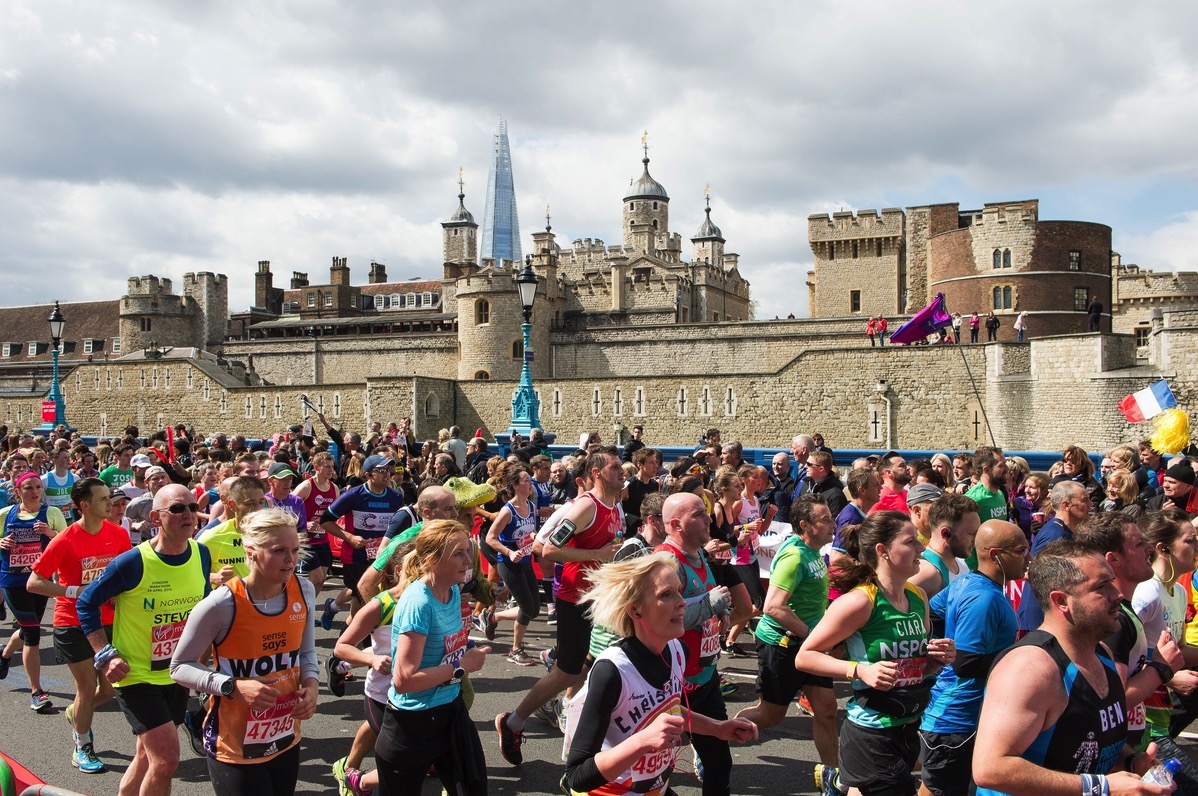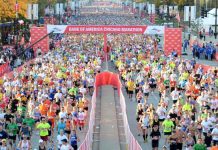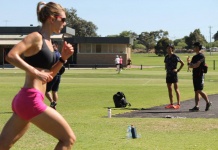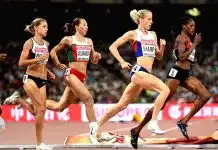You’re Getting Leaner, but Something Feels Off
You are doing miles, eating clean, and checking the scale – perhaps it’s going down. Yet your legs are slower. You are not gaining speed. This is the reality, not every weight loss is a good weight loss. You can be set back when you lose the wrong kind. It is all about muscle mass. The issue of energy balance is of greater significance. And when your training seems more difficult of late, it’s not your discipline that’s at fault, but what you lose out there.
Why Runners Should Care About the Difference
By losing fat, you make your body lighter. Muscle makes you speedy. However, a considerable number of runners cross that line, particularly when they pursue reduced race weights. Weight loss may make your stride effortless, but you burn muscle doing so, and the result is that you end up running slower, need longer recovery time, and are more predisposed to injury. Muscle does not mean bulk, but it is your powerhouse. It kicks you, keeps your structure stable, and protects your joints on every step. This is the reason behind a supervised and organized approach. An example is Regenerize Health, where athletes receive support from a weight loss clinic and a comprehensive full-body assessment, striking a balance between fat loss and maintaining performance longevity. When you are committed to going the distance, it is not what you drop but what you retain.
3 Signs You’re Losing Muscle, Not Just Fat
When the scale goes down, there is a great deal of excitement. However, when your performance is weakening concurrently, that is a red flag. So, how do you know you’re not just shedding fat, but also the muscle you need to maintain? Three indications:
- You feel weaker on your runs
The hills, which were considered easy to deal with, are now mountains. You become weary sooner on the legs. That is a clear indication that muscle fibers responsible for generating power are being lost. - You’re shrinking but getting slower.
When you are getting leaner yet slowing down, then it is not progress. A decrease in lean mass results in poor stride power and slow turnover. It is not a good exchange. - You’re sore for longer
In the absence of protein intake or rest, muscle recovery slows down. Another time to consider sore muscles is when long-standing soreness persists despite the area having healed already.
3 Things That Help You Cut Fat Without Losing Strength
Losing fat while keeping your power isn’t guesswork. It’s a strategy. If you want to stay strong while leaning out, these three actions aren’t optional, they’re essential:
- Eat enough protein even on rest days
It does not matter whether you are running or not; your muscle requires food to sustain themselves. At least 1.6-2.2g of protein per kilogram of body weight per day, even when you are not on the track. - Time your fuel around your training
Not eating or going late on recovery nutrition is a loss for your gains. After a run, your body is ready for repair and rejuvenation. Miss that window, and it will prolong the repair and increase the likelihood of a breakdown. - Get real feedback
Tools like DEXA scans or clinics like Regenerize Health help track body composition accurately. It’s not just about pounds. It’s about what’s inside those pounds.
What Happens When You Get It Right
You are lean, but you are agile. That is where the sweet spot is. It all changes once you lose fat without losing muscle. You have no felt burden in your pace, but the strength is where it was. Exercises begin to fall into place. You are not plodding through periods or shirking hurts. You are constructing, you are not destroying. You lose weight–and you lose nothing of your enthusiasm. Motivation hangs around when your body is fueled up. You heal quicker. You sleep better. You are feeling trained all over again. You are reacting to what the body needs. That is when developments become true and lasting.
Less Weight, Same Fire
There is nothing wrong with fat trimming. The contrast is felt in every single mile that you run, in every face of the hill, and every pursuit of the finish line. It is not about doing more, but doing it smarter. It implies training with a purpose, eating with a purpose, and measuring the correct data. It is not only about weight loss, but also about performance. That is how runners proceed without consuming the fuel that powers them.















